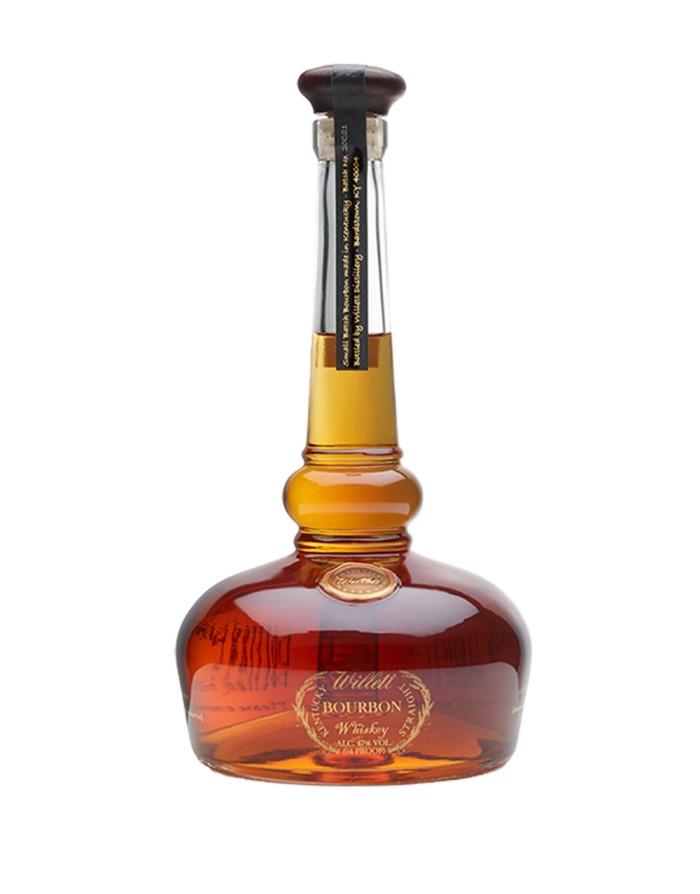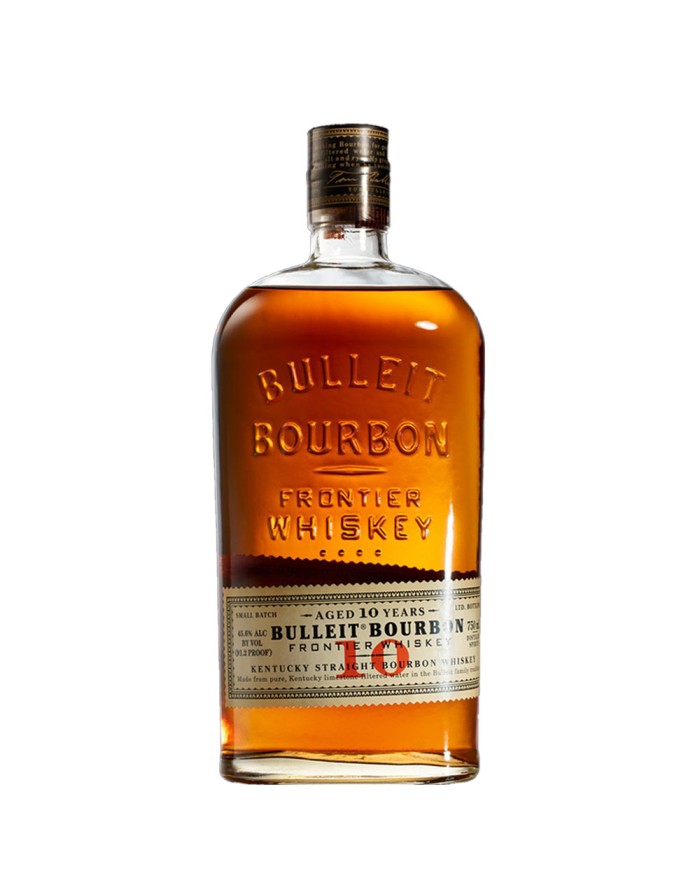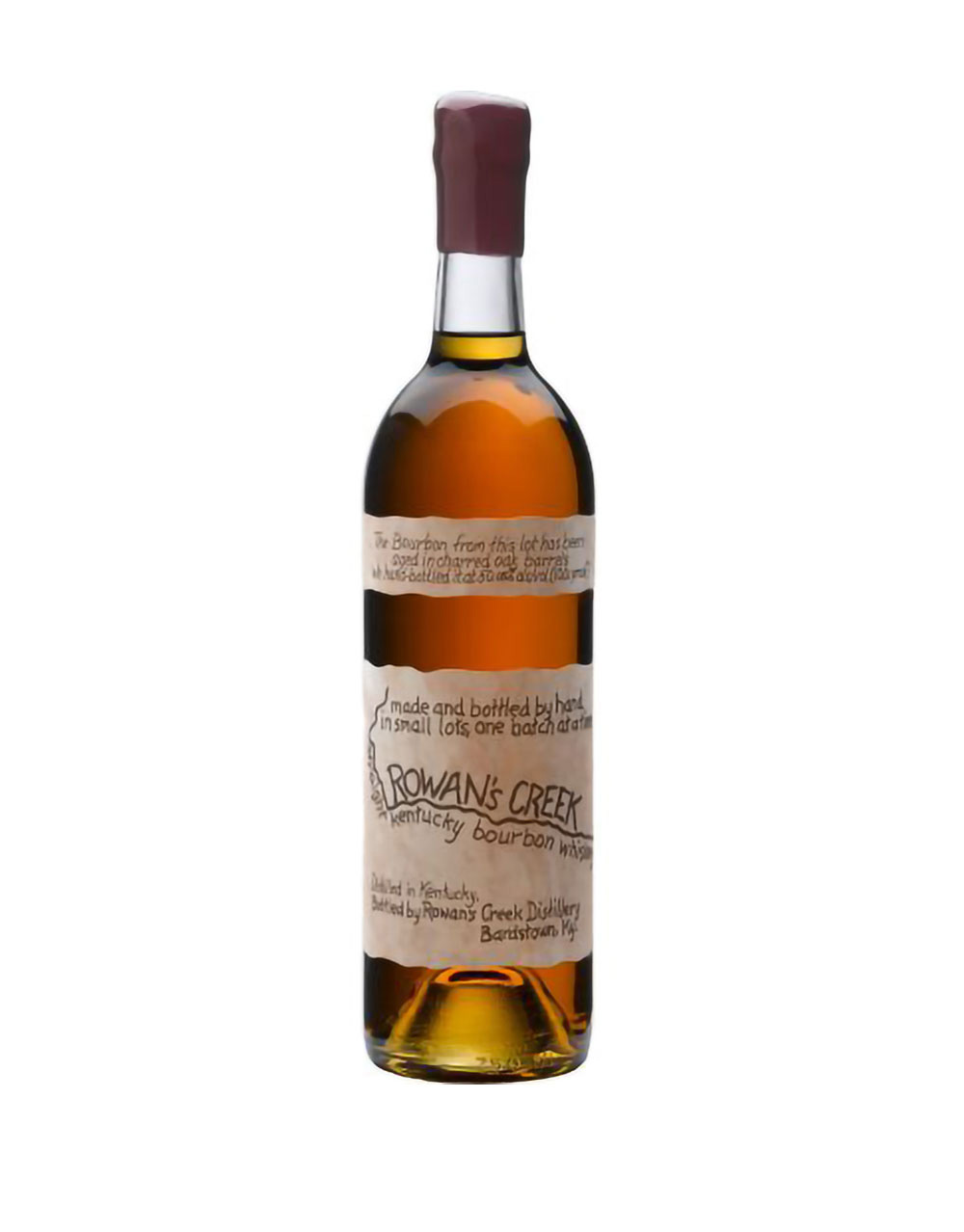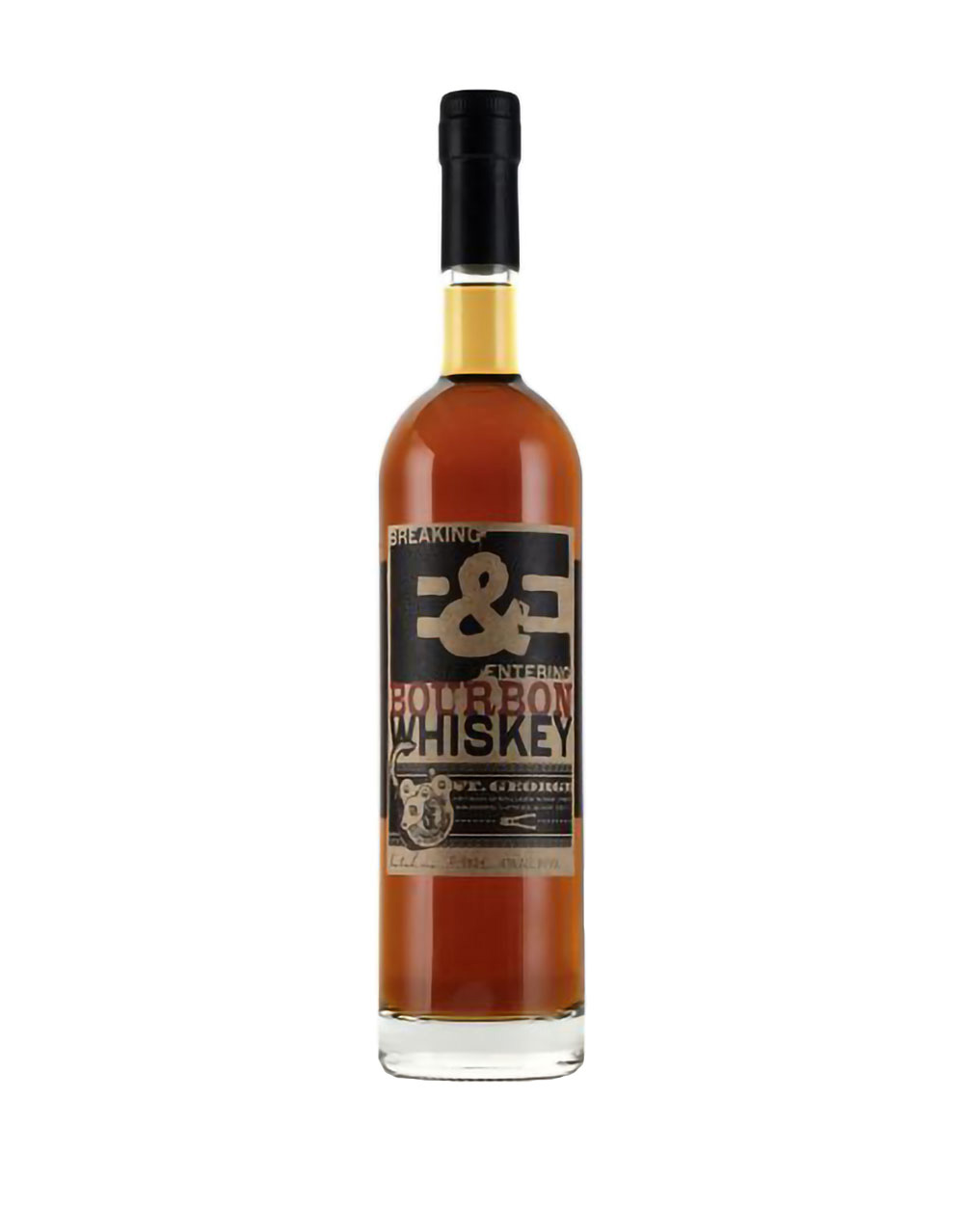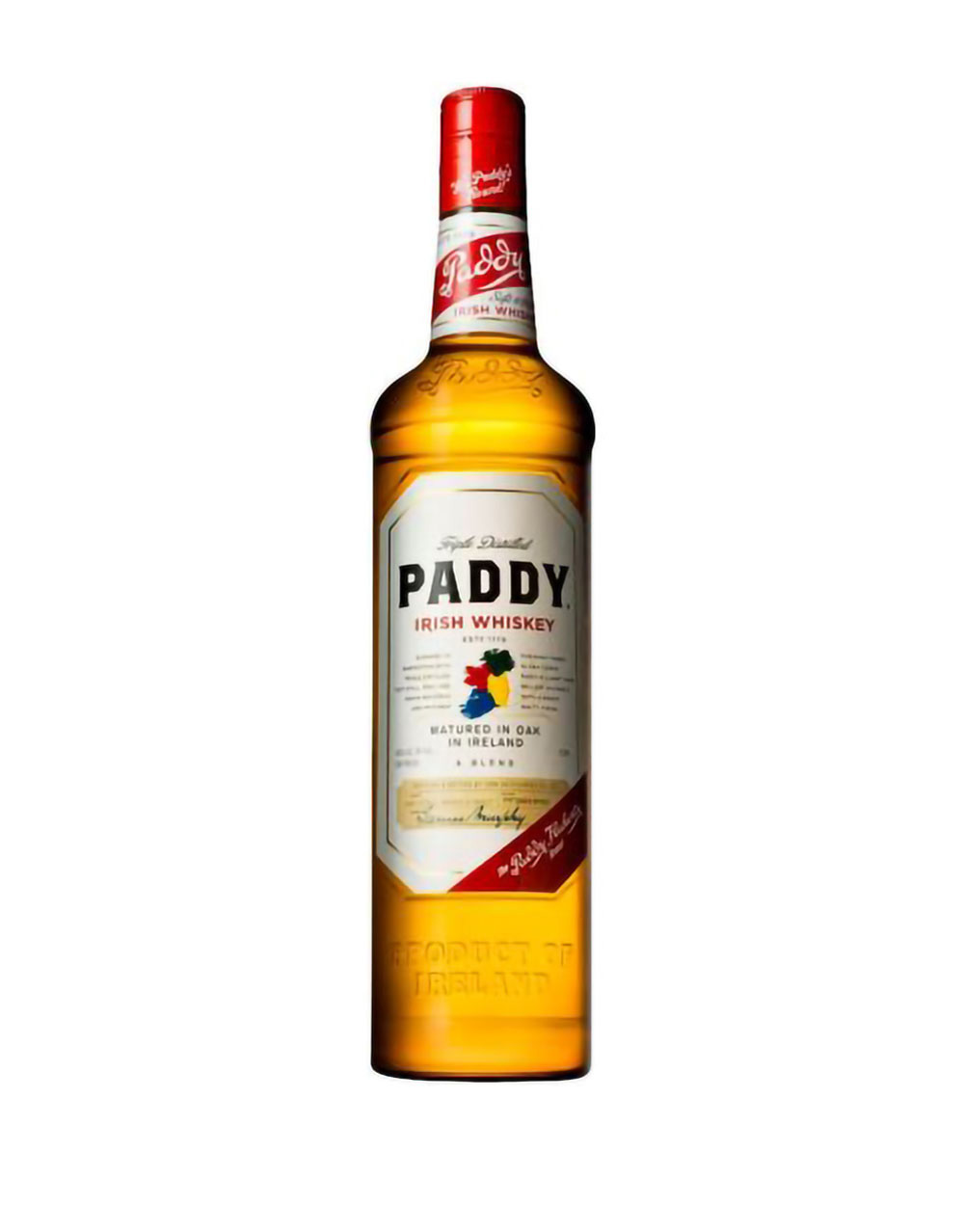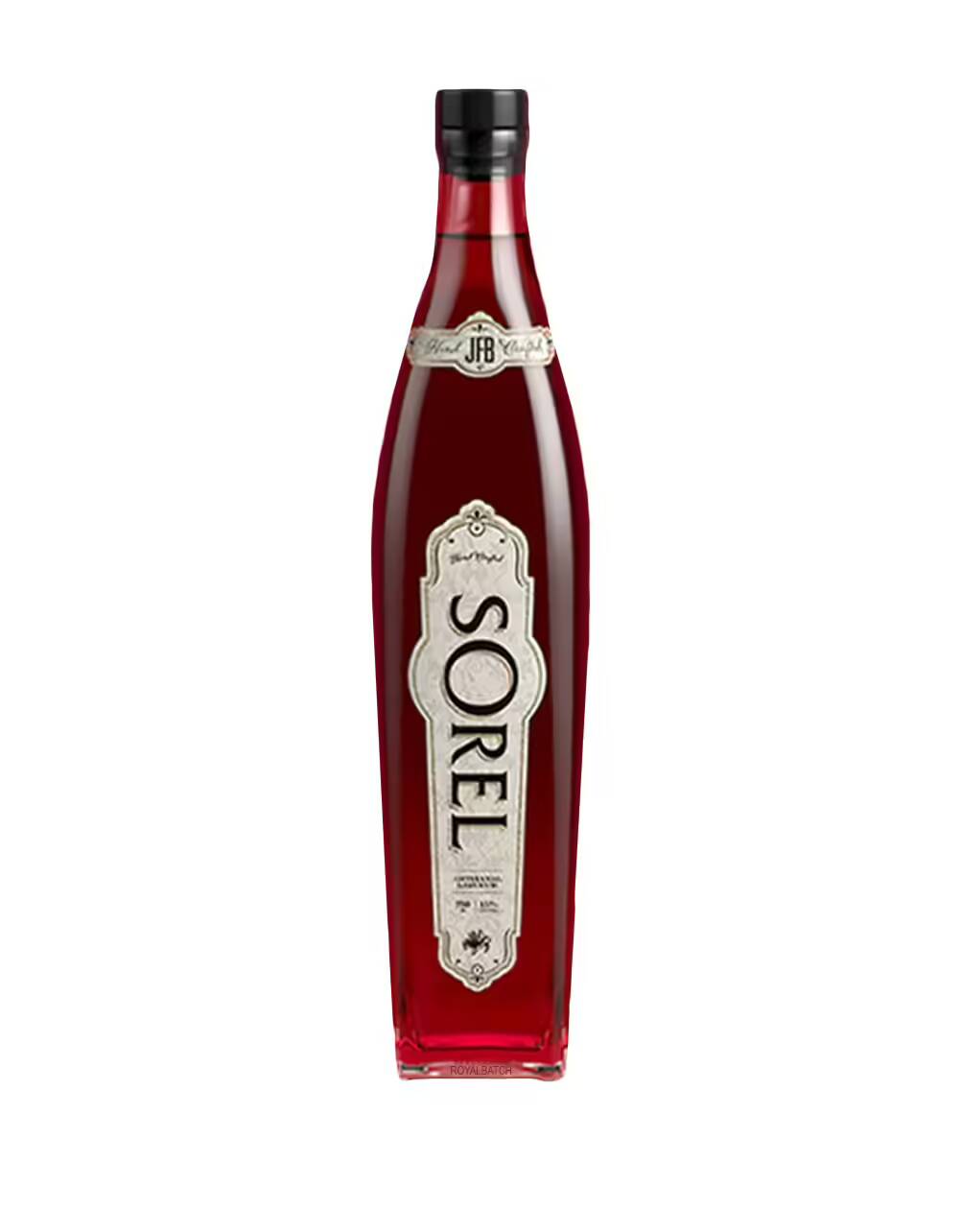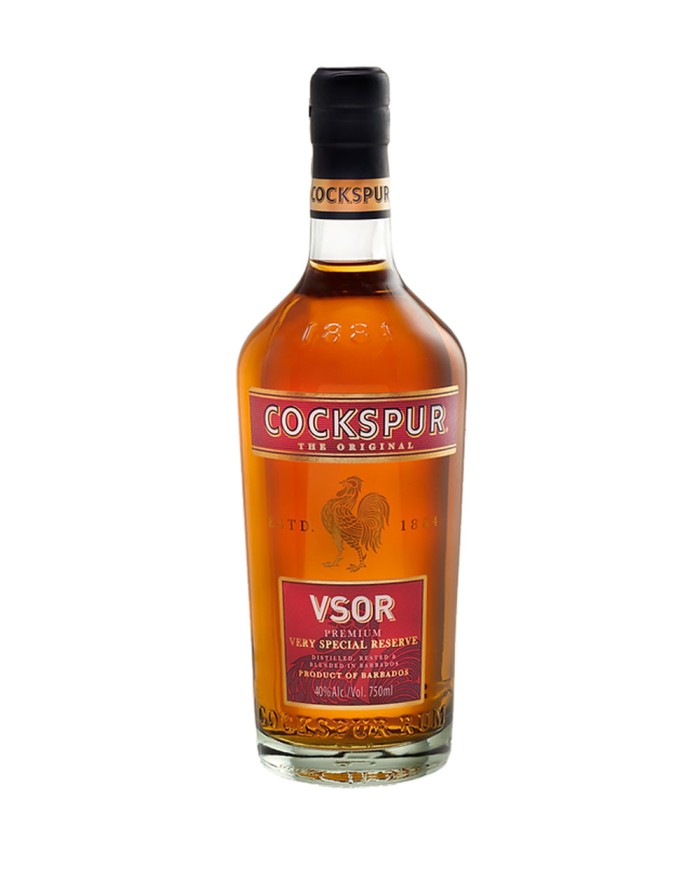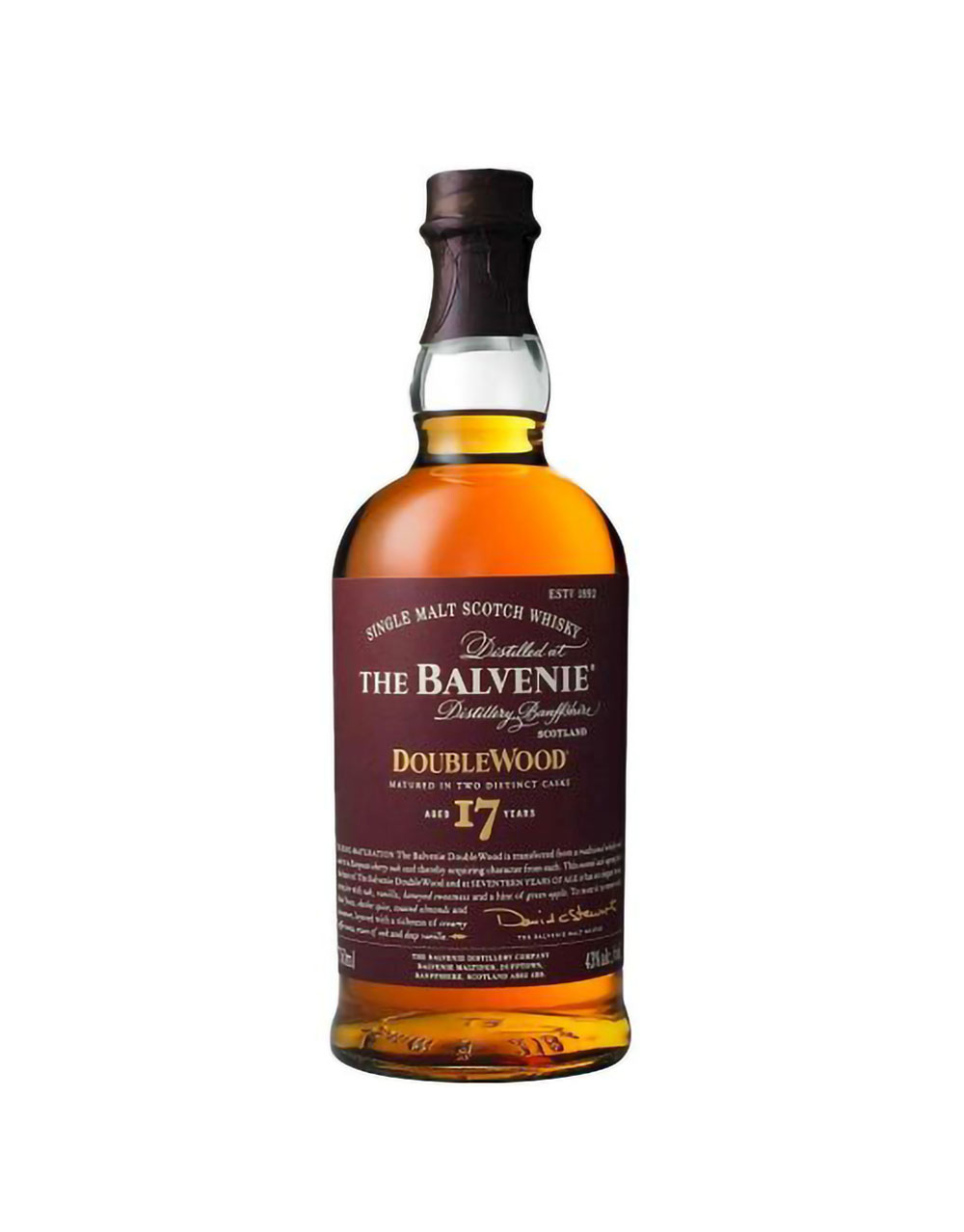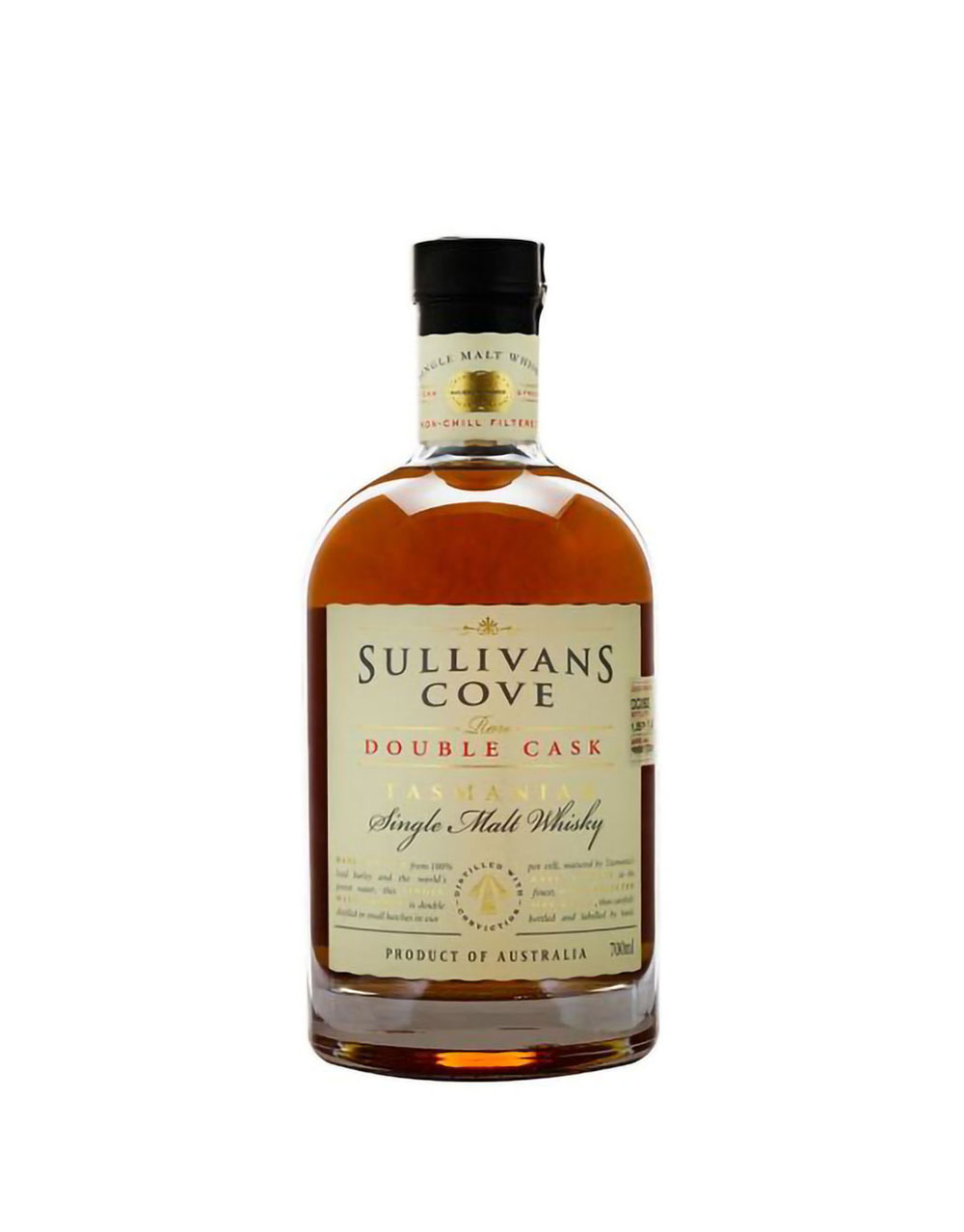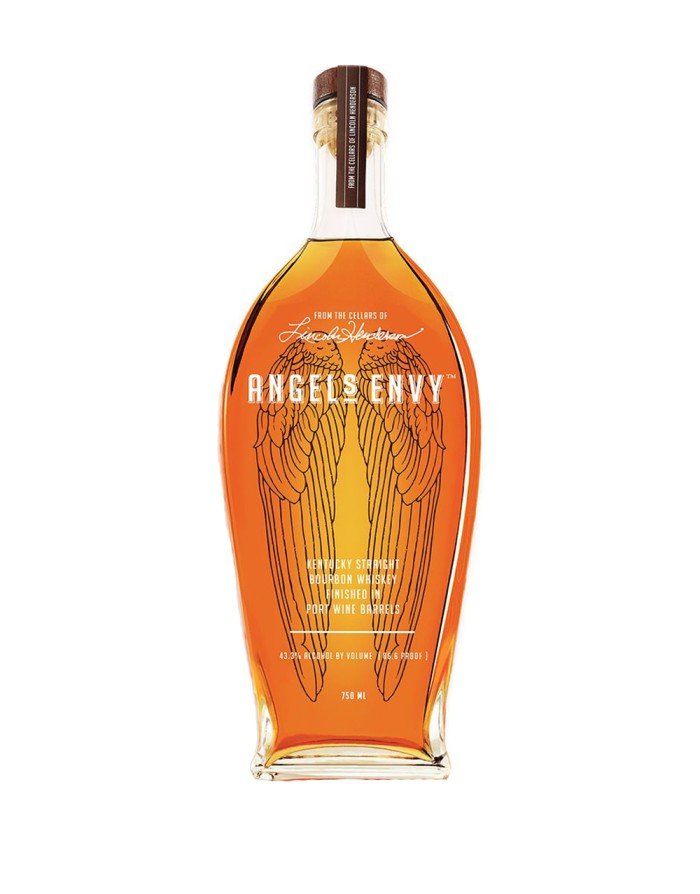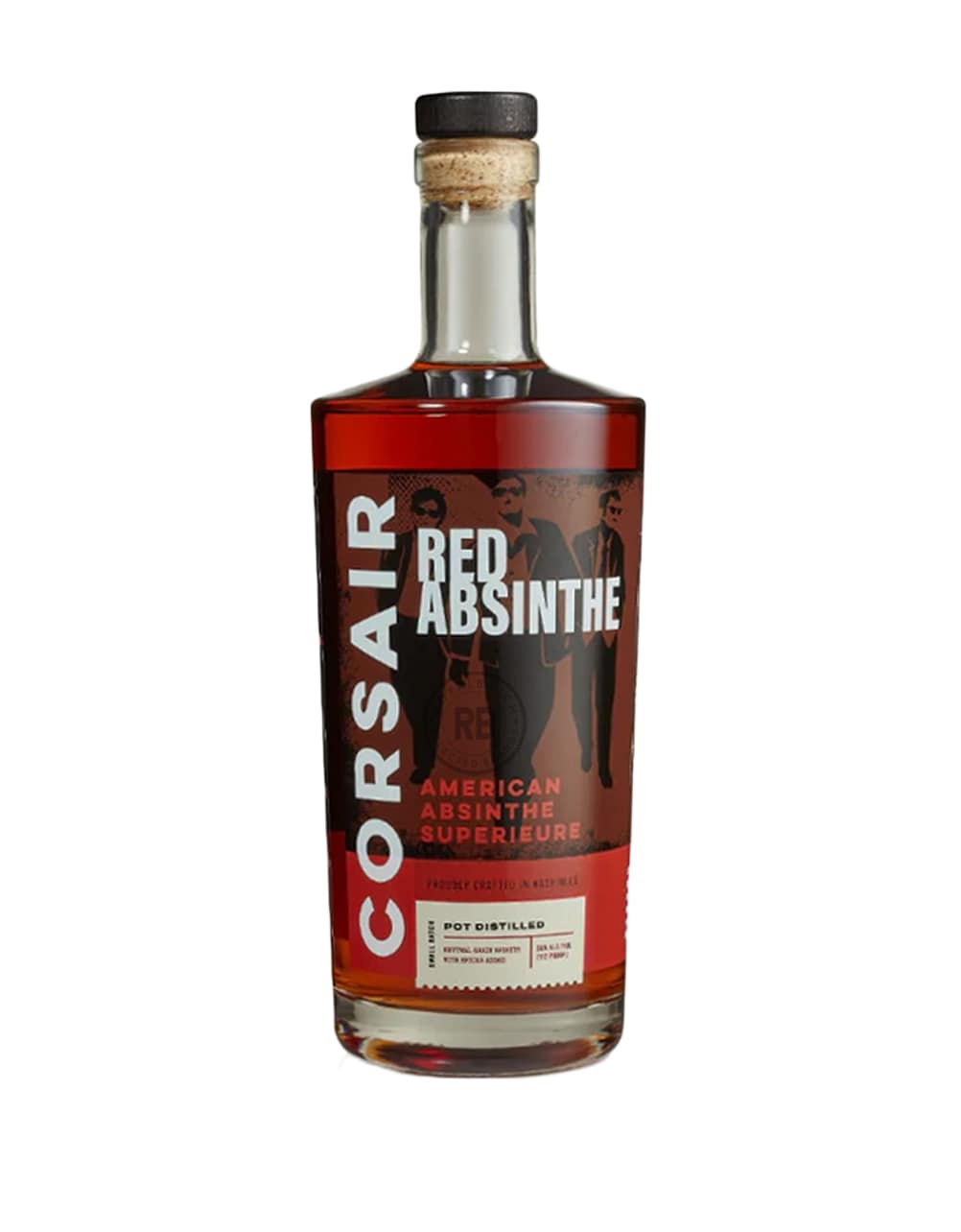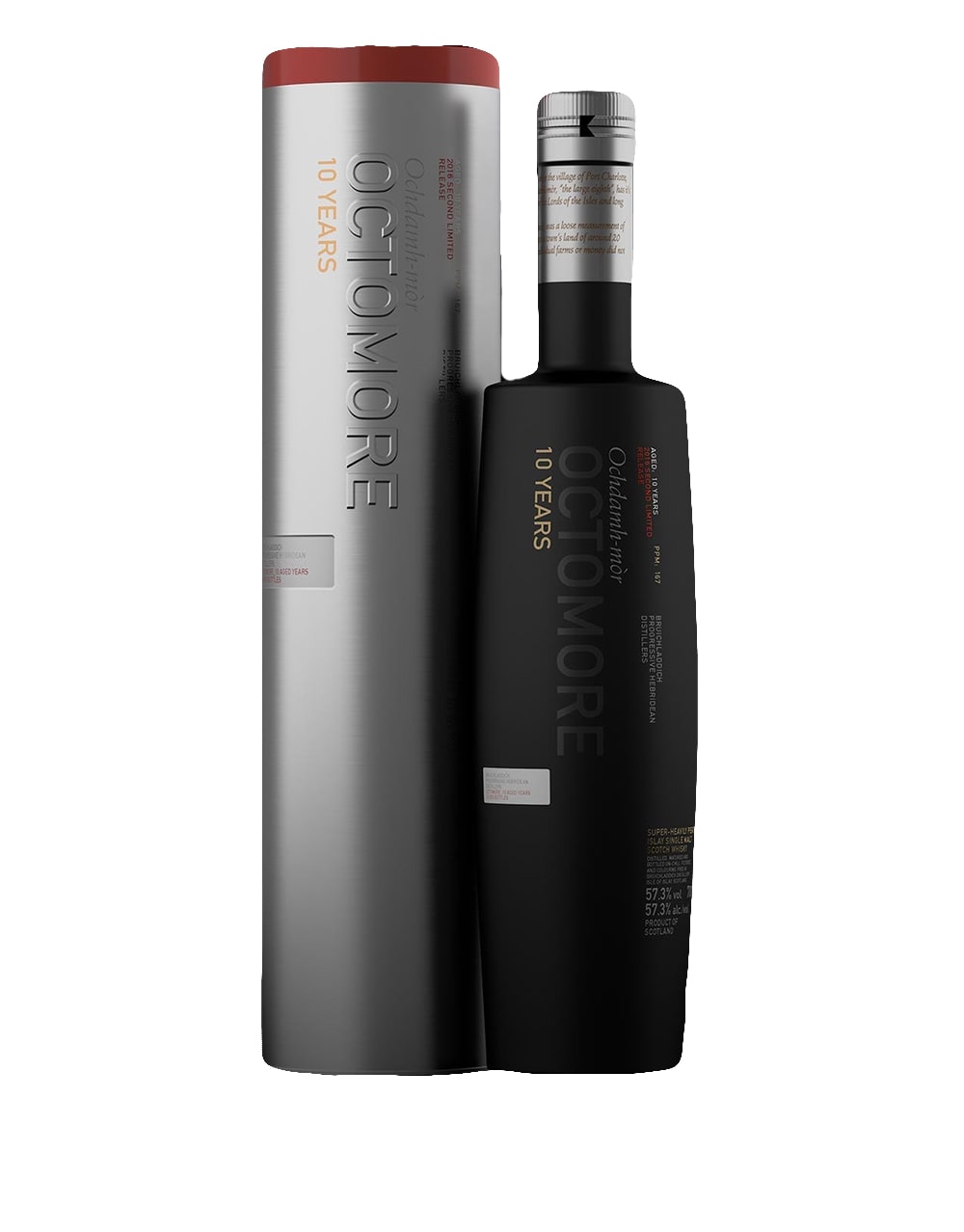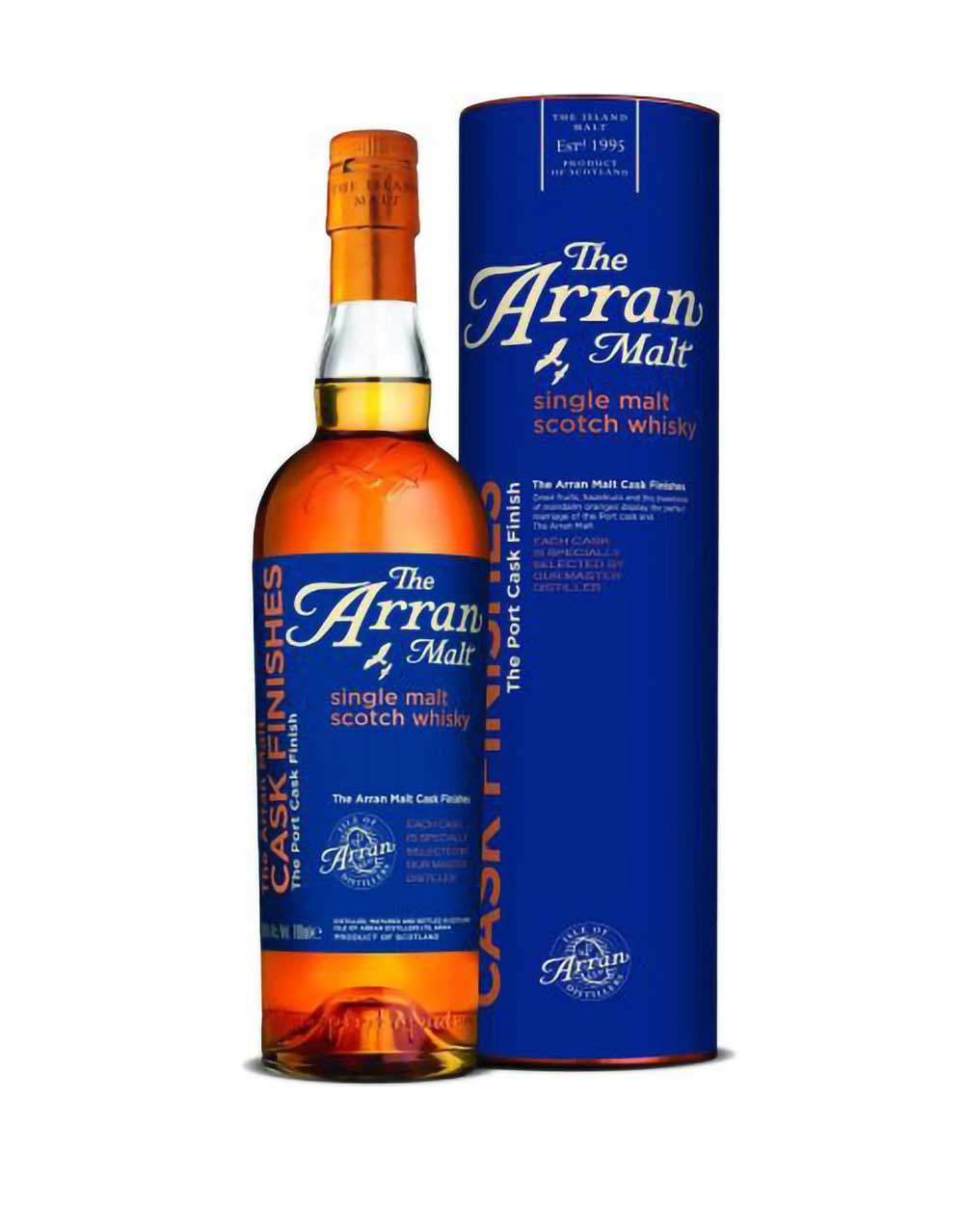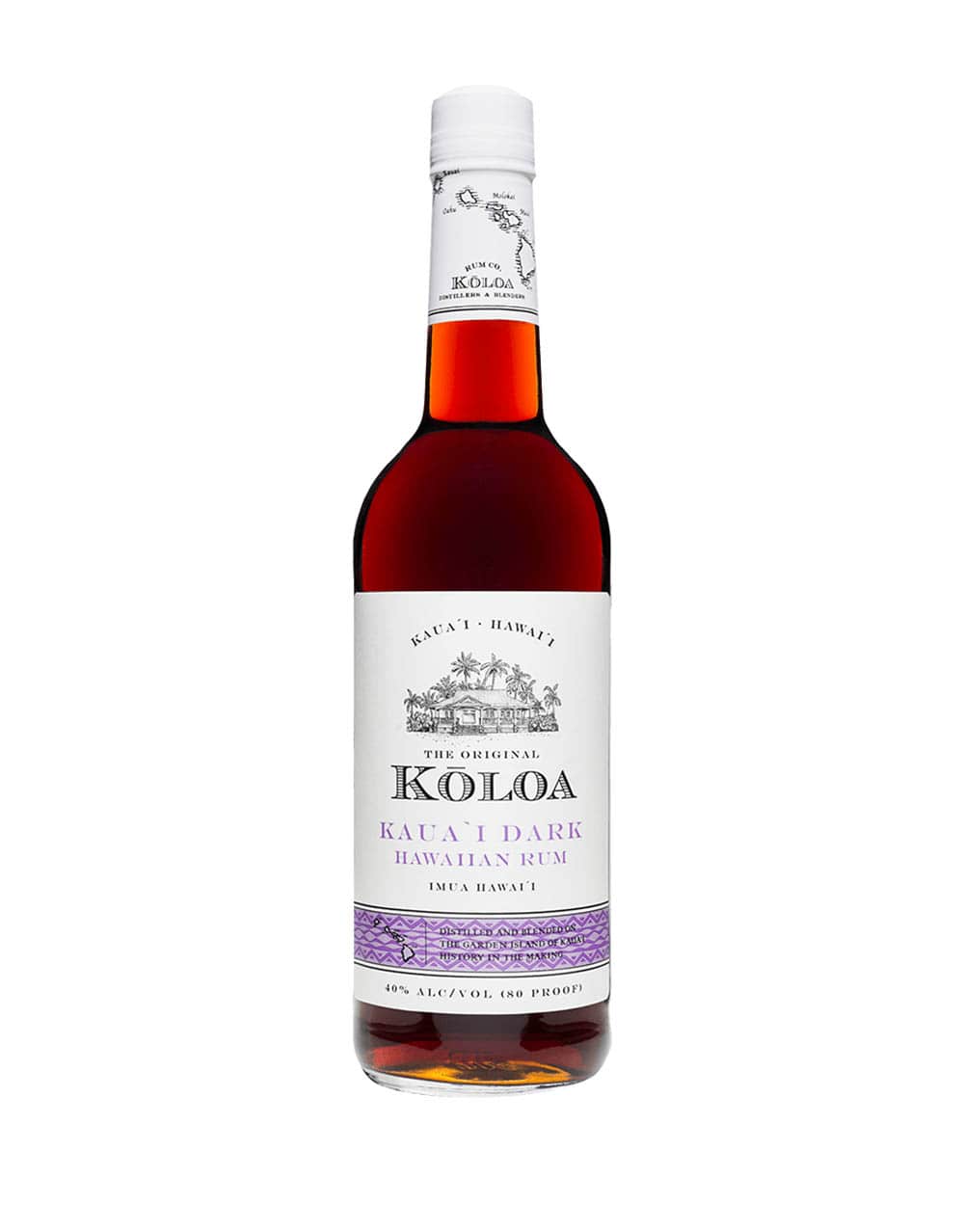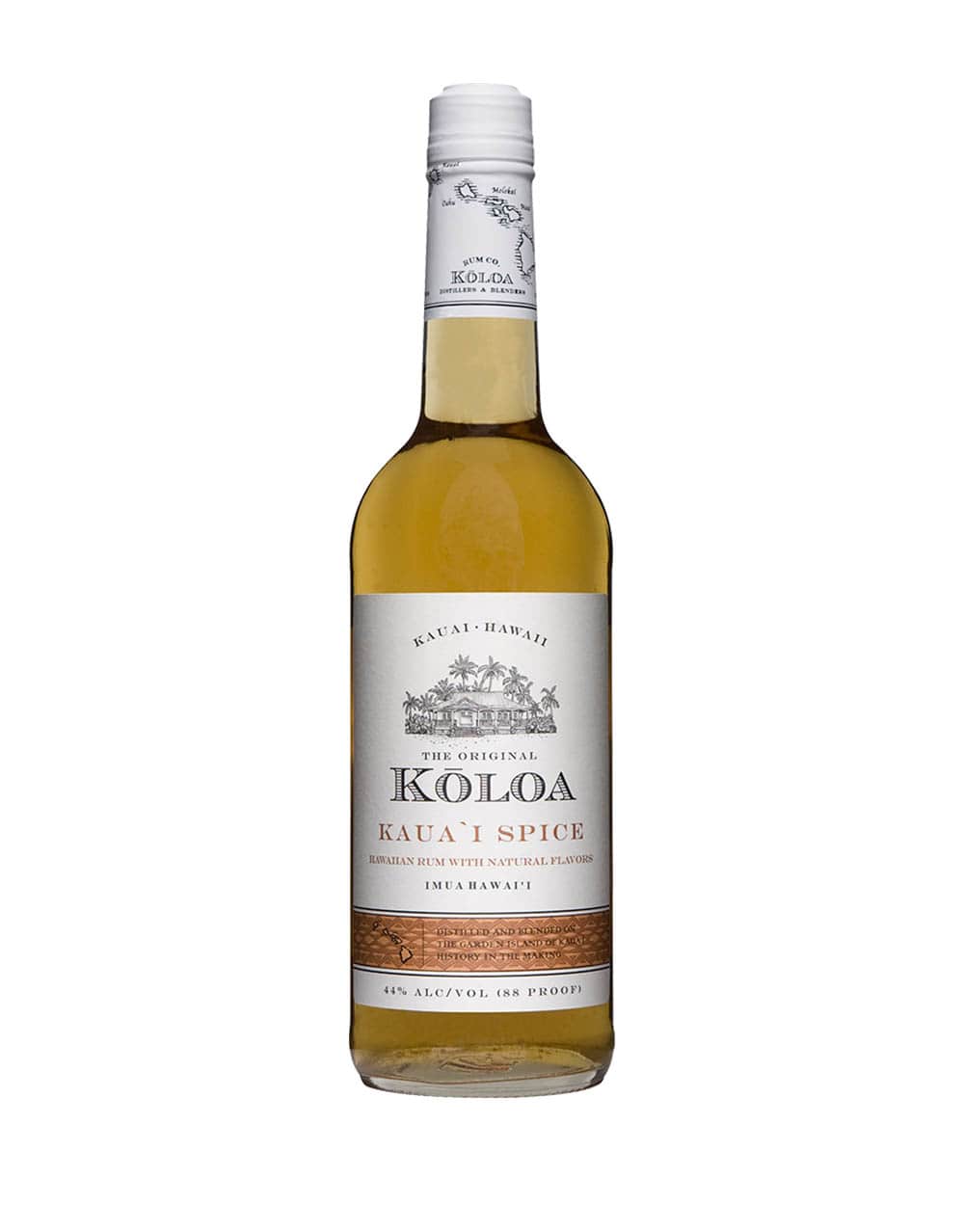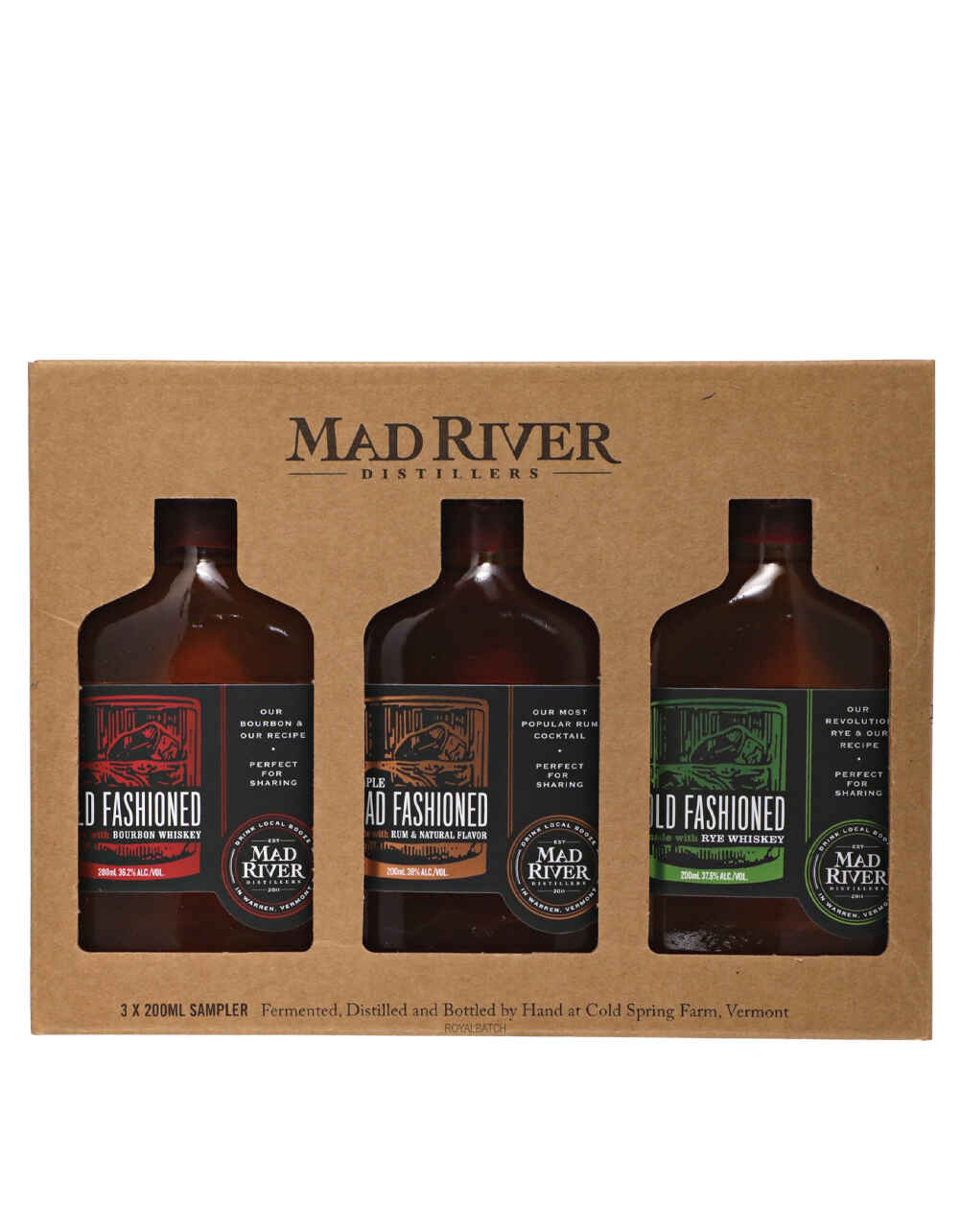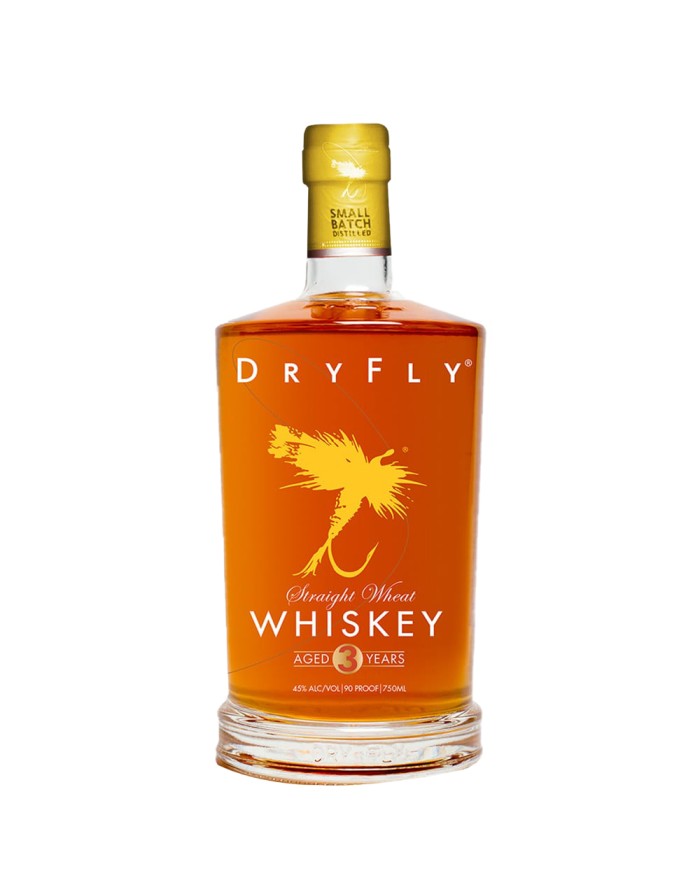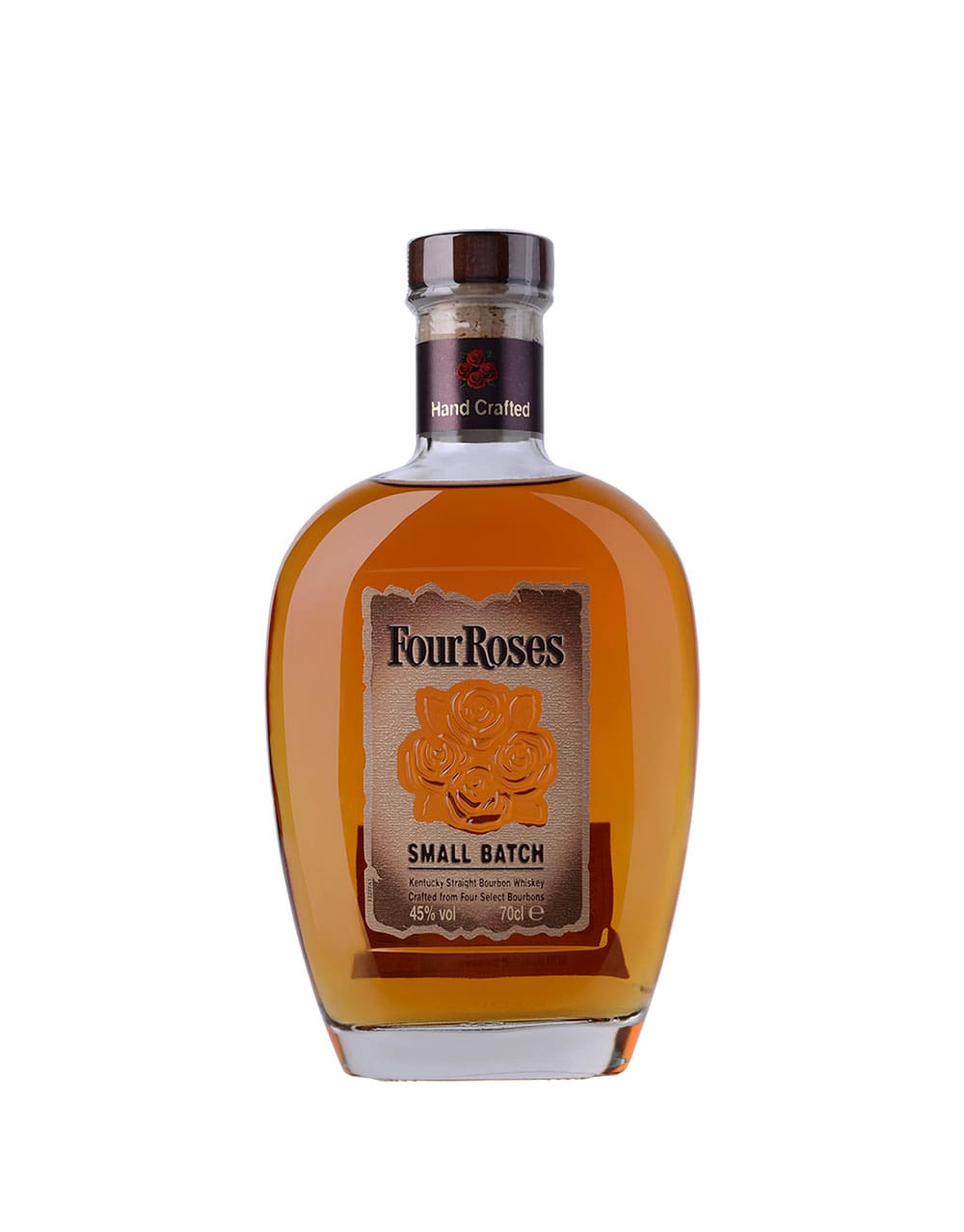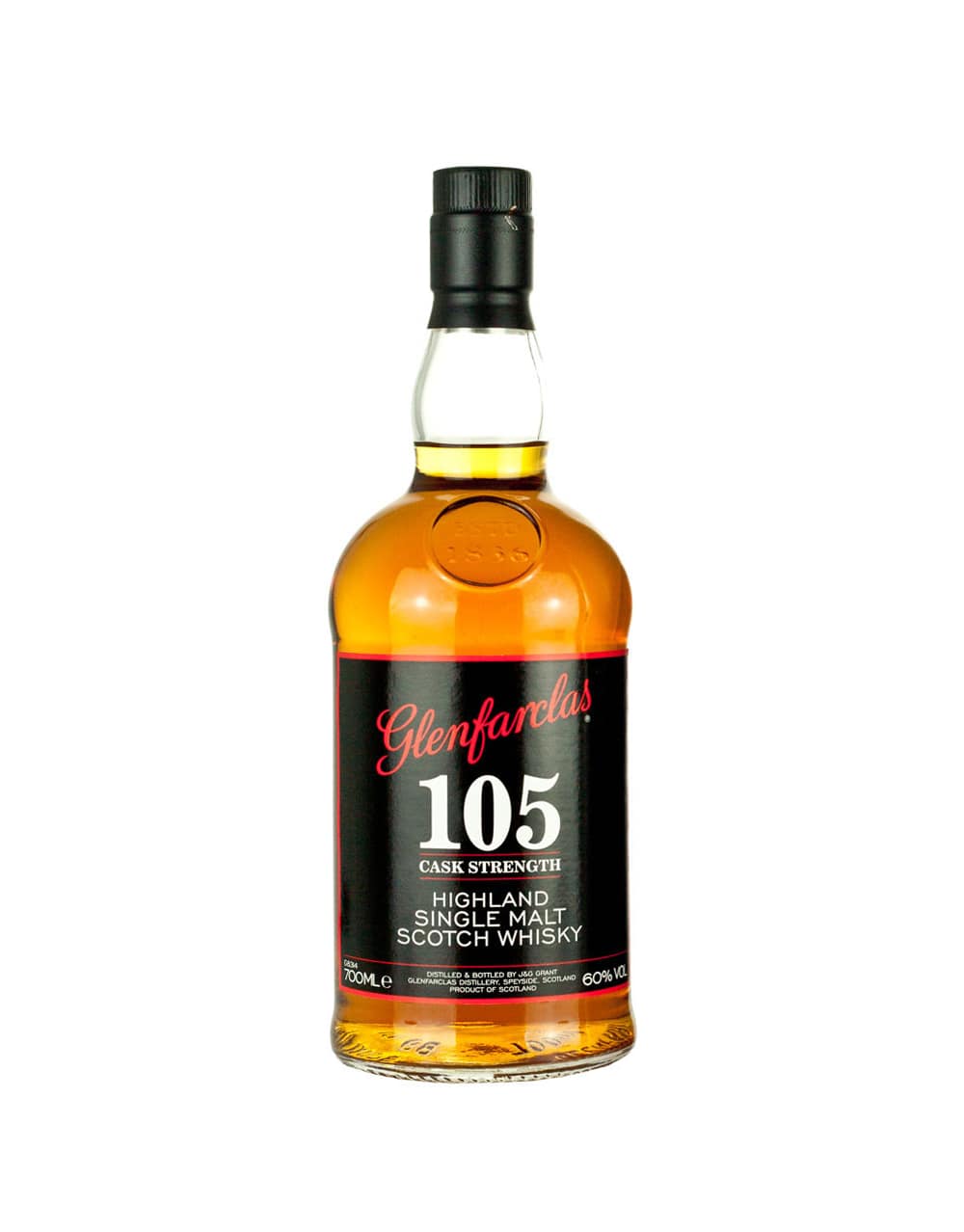In 1778, the HMS Resolution, commanded by Captain James Cook, made landfall on the island of Kaua'i, the oldest island in the Hawaiian archipelago. Cook was the first European to visit the Hawaiian islands, and his sailors undoubtedly exhausted from a long and arduous journey are believed to have introduced the concept of rum to the Hawaiians. Within a few years, Hawaii's first successful sugar plantation was established near the town of Koloa on the island of Kaua'i. "In many ways, this is where it all began," says Robert Gunter, master distiller at Koloa Rum Corporation. Each Koloa Rum is made exclusively from raw sugar cane crystals, which are grown on the island of Kaua'i. The island's rich, volcanic soil, along with its temperate climate, produce naturally flavorful and dense sugar cane. In addition, unlike most distilleries which use molasses in order to produce rum, Gunter only uses raw sugar cane crystals, which contain naturally higher concentrations of sucrose and minerals. "It just creates a better rum," says Gunter. After purchasing the sugar crystals from the Gay & Robinson Sugar Plantation (situated on the western part of the island), Gunter ferments the sugar using a proprietary strain of yeast he sourced from Guadeloupe, an island in the French Caribbean. "Never underestimate the importance of yeast in producing a quality rum." Following fermentation, the wash is twice-distilled through Koloa Rum's vintage, 1210-gallon, hybrid copper pot and column still. The still, which was originally manufactured in Pennsylvania shortly after World War II, was previously used to distill bourbon in Kentucky. During distillation, Gunter forces the alcohol vapors to pass through the column's seven plates. As the alcohol vapor rises, it is stripped of impurities and becomes more concentrated. In order to create Koloa Gold Rum, Gunter infuses the rum with carmalized sugar following distillation. Koloa Gold Rum has a vivid golden color, along with notes of sugar cane, candied apples, maple and vanilla that lead to a caramel finish. The rum earned the Silver Medal at the San Francisco World Spirits Competition in 2012 and at the International Rum Festival in 2013. In order to create Koloa Spice Rum, Gunter infuses the rum with carmalized sugar, natural vanilla and a proprietary blend of herbs and spices following distillation. Golden wheat in color, Koloa Spice Rum has hints of allspice, cinnamon and cake, and finishes with a touch vanilla. The rum earned the Silver Medal at the San Francisco World Spirits Competition in 2012, and the Bronze Medal at the Miami Rum Renaissance Festival in 2011. In order to create Koloa Dark Rum, Gunter infuses the rum with a completely unique set of herbs and spices, which gives the rum its signature deep mahogany color, and contribues notes of crme br?le, vanilla and caramelized oranges to the rum. Koloa Dark Rum earned the Gold Medal at the Miami Rum Renissance Festival in 2011, where it was named "Best in Class." Once each rum has been infused with the requisite ingredients, Gunter brings the rum to proof using water sourced from Mt. Waialeale, one of the wettest spots on earth. "The water is captured during rainfall and is slowly filtered through layers of volcanic strata before reaching these vast, underground aquifers," says Gunter. "That's what adds the unique taste and mouthfeel to our rum." Once the rum is brought to proof, each bottle is filled and labeled by hand.










